In: covert collective
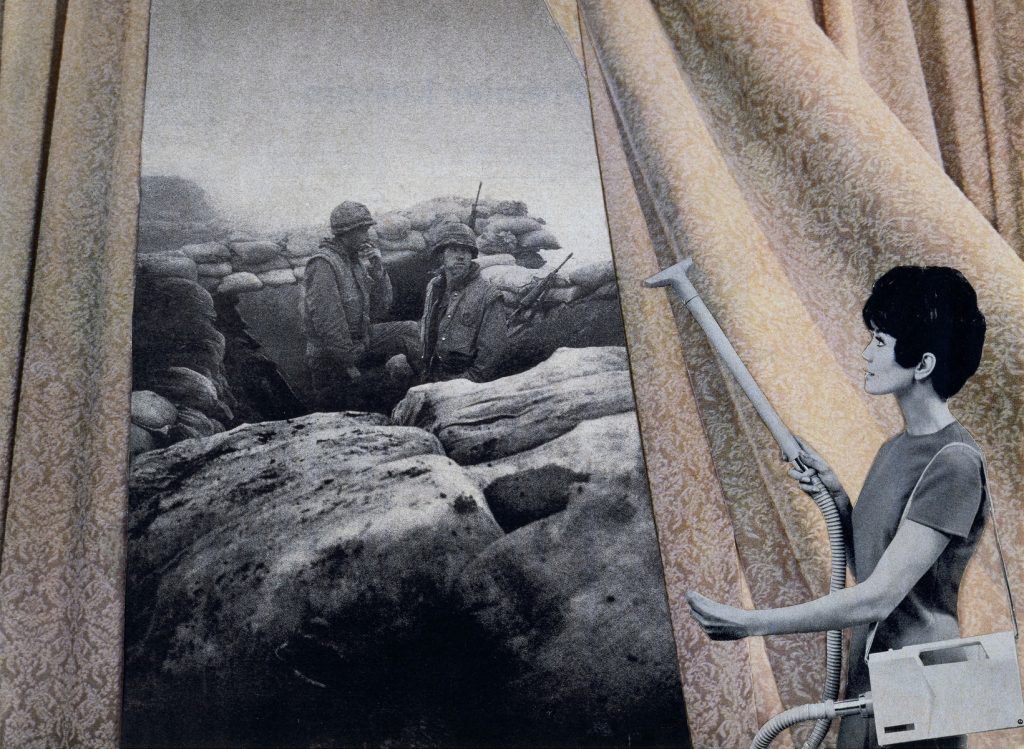
Martha Rosler | House Beautiful: Bringing the War Home, 1967–1972
March 24, 2023Martha Rosler | House Beautiful: Bringing the War Home, 1967–1972
Cotton’s generation grew up with a war in the house. For them, games of cops and robbers and cowboys and Indians no longer satisfied the senses. A boy had but to turn a control to be totally involved in the violent distension of experience that was Vietnam on television. Cotton became addicted to it. Vietnam was even a portable war.
A boy had but to move his personal set to have air strikes in the living room, search-and-destroy operations in the bedroom, naval bombardment in the bathroom—napalm before school, body bags before dinner.
(Glendon Swarthout, Bless the Beasts and the Children)
I recently read The Sacred Lies of Minnow Bly by Stephanie Oakes. The premise – of a young woman who survives a doomsday cult – sent me down a rabbit hole, if you will, of research on these cults, and since then I’ve been devouring a number of texts on the topic.
One of these – Jeffrey Melnick, Charles Manson’s Creepy Crawl: The Many Lives of America’s Most Infamous Family – offers an interesting supposition. Melnick argues that the Tate – LaBianca murders were used by many on the right – Nixon, for example – as a means by which to shutter debate about the (even then) failure of the nuclear family in the United States. This is similar to Zizek’s comment that most conversations about socialism always have a chicken little proclaiming it ‘will end in the gulag!’. Other societal issues are cast in a different light from the Manson murders, as well (for example, Melnick talks about the dismissive attitude towards runaways – especially girls – at that time, criminalizing or infantilizing them, using several of the Manson ‘family’ as examples, instead of focusing on larger issues within society).
Melnick dismisses with derision the idea that Manson ‘ended’ the supposed utopic dream of the 1960s – and for this post, a point he makes stays with me. Bluntly, that the violence of the Manson family was nary a drop in the bucket to the televised, sanctioned and officially endorsed violence of the war in Vietnam and other societal pressures. His words: “If the countercultural fabric got torn it was not because a few celebrities were killed in August of 1969. We would be better off attending to the plight of returning veterans, the not unconnected influx of harder drugs into American cities, the ongoing runaway crisis, and a major effort by the dominant culture—from the president on down—to repudiate and abandon young people and their culture.”
And this brings us to Martha Rosler’s series House Beautiful: Bringing the War Home, 1967–72.
The initial incarnation of this series was about Vietnam: in a despairing commentary about history Rosler would revisit and reinterpret it decades later, for the ‘war against terror’ in Iraq and Afghanistan…..
Rosler – in the tradition of artists like Hannah Höch – employs collage, using images that are familiar to us in tandem with others that fracture and trouble the original ‘homes’ on display. These might ‘homes’ in the literal sense, but also the ideologies and assumptions that inform those spaces, sometimes so implicitly that to highlight them engenders a denial of them, like a fish unaware of water as it’s so ubiquitous.
‘This work is one of twenty pieces from Rosler’s House Beautiful: Bringing the War Home (c.1967-72) series created during, and influenced by, the Vietnam War. It was the first war in history that was literally brought into the homes of American people through the revolutionary new television set from which its horrors could be witnessed daily. It was often described as a “living room war” – a description loaded with strange poignancy as it shined a light on the eeriness of a nation living their everyday lives, ripe with consumerist concerns like keeping the stylish home drapes clean, all the while gruesome political realities took place elsewhere, becoming just another form of nightly entertainment in front of the tube.
Simultaneously, there is a feminist element to the work as it comments on the robotic mundaneness of female domestic work in the midst of global unrest. The idea of women striving to keep the house beautiful while war’s tragedies are omnipresent becomes almost comical, and presents a surreal picture about what we deem important. Recognizing the potential for manipulation in the photographic medium, Rosler once stated, “Any familiarity with photographic history shows that manipulation is integral to photography.”’ (from here)
More of Rosler’s extensive practice – and her roles as social critic and historian for more than half a century – can be seen here.
~ Bart Gazzola
Read More
Mimi Plumb | The Golden City, 1984 – 2020
February 2, 2023Mimi Plumb | The Golden City, 1984 – 2020
So this is where the Renaissance has led to | And we will be the only ones to know
So take a drive and breathe the air of ashes | That is, if you need a place to go
If you have to beg or steal or borrow | Welcome to Los Angeles, City of Tomorrow
(Phil Ochs, The World Began In Eden And Ended In Los Angeles)
When I first encountered Plumb’s images, that song from the late Phil Ochs came to mind: it seems upbeat and pleasant but is, in fact, nuanced with a despair that is subtle but builds (and I will admit my interpretation may be coloured by his suicide. But the rendition of that song I am familiar with is a live version, and Ochs talks at the beginning of his fascination with Los Angeles “which intrigues me like a sensual morgue.” Plumb’s works have a certain sterility, to them, as well, that intersects with this consideration).
As with Plumb’s scenes, there’s more at play than the obvious. Considering that California exists in imaginations just as vividly – if not always accurately – as any seminal ‘place’ like ‘Siberia’, Plumb’s photographs invite us to construct narratives around them, that build, converge or perhaps complete what she intends, with her own personal stories….
I will admit that when looking at Mimi Plumb’s photography, that The Golden City often blended with another body of work of hers, titled The White Sky. I doubt that the artist would be offended by that, as the elements of memory, nostalgia and social realism suffuse her practice, and are themes that are present in her artwork still. Although her narrative is a personal one, it also has elements that are more universal, when considering larger tropes that her work touches upon.
“The Golden City [is] a series of images that frames subjects against the sprawling backdrop of San Francisco. Similar to Plumb’s other bodies of work, The Golden City is an ode to an earlier America—a rich and playful elaboration on the human condition, and its tendencies towards hedonism and spectacle. To say that this work largely references the exploitation of the natural world on account of humans would be reductive. While sculptural detritus and empty construction sites set the groundwork for this series, Plumb flips dramatic irony on its head by capturing subjects enthralled by events transpiring just beyond the frame. We are not in on the comings and goings within this world, but are sucked in nonetheless; left only with a sense of wonder at what could be bringing about such awe.” (from Document, with an engaging conversation with Plumb you can read as well)
Much more of Plumb’s work – from this series and a number of others – can be seen here. If you’d like to listen to her talk about her work, the Museum of Contemporary Photography has a video you can enjoy here.
Plumb published a book of selected images from this body of work with Stanley/Barker books in 2022.
~ Bart Gazzola
Read More
Jane Evelyn Atwood | TOO MUCH TIME: WOMEN IN PRISON, 2000
November 25, 2022Jane Evelyn Atwood, TROP DE PEINES: FEMMES EN PRISON, 2000, Éditions Albin Michel, Paris, France. (OUT OF PRINT)
Jane Evelyn Atwood, TOO MUCH TIME: WOMEN IN PRISON, 2000, Phaidon Press Ltd., London, England. (OUT OF PRINT)
“Curiosity was the initial spur. Surprise, shock and bewilderment soon took over. Rage propelled me along to the end.”
Too many times – and I’m sure I’m not alone in this – I have heard some well meaning dilettante assert that ‘art should be about beauty’ or ‘should only uplift us.’ In terms of that space where photography intersects with ideas of art and documentary – and not to mention history – something that comforts you is most likely wrong, if not simply pablum. When I’m sharing images on social media, there are some photographers I hesitate to post works from (as photography still carries the weight of being more ‘real’, thus can ‘offend’ as well as see yourself banned from those platforms): Gilles Peress is one of those, for his unflinching lens in places from Rwanda to the former Yugoslavia (“I don’t trust words. I trust pictures”), Gordon W. Gahan (specifically his images of the Vietnam War), Donna Ferrato (I was lucky enough to experience her groundbreaking series Living with the Enemy decades ago, in Windsor) or Martha Rosler (her House Beautiful: Bringing the War Home works that had their genesis in response to the Vietnam War (c.1967–72) but that she ‘revisited’ in 2004 and 2008, ‘updating’ them to Iraq and Afghanistan).
But the text I’ve selected for a Library Pick is something that is not ‘there’ but ‘here’, and in that respect is often – easily, repeatedly – ignored.
Jane Evelyn Atwood’s “monumental work on female incarceration, published in both French and English, took Atwood to forty prisons in nine different countries in Europe, Eastern Europe, and the United States. The access she managed to obtain inside some of the world’s worst penitentiaries and jails, including death row, make this ten-year undertaking the definitive photographic work on women in prison to date. Extensive texts include interviews with inmates and prison staff as well as Atwood’s own reminiscences and observations. The prize-winning photos in this book, including the story of an incarcerated woman giving birth while handcuffed, established Jane Evelyn Atwood as one of today’s leading documentary photographers.” (from her site)
Atwood has always used her camera as a means to tell stories too often not even dismissed but denied, and she has granted a level of dignity and consideration to those whom are too often not considered human but detritus.
A good friend is a theologian, but of the liberation theology vein: I enjoy talking with them, as their righteous anger is only matched by their ability to quote that repeatedly translated and edited text with a sense of the public good. I mention them as they once pointed out that in the New Testament, only one person was promised a place in the ‘kingdom of heaven’, and that was one of the criminals being crucified at the same time as Jesus.
In a more modern sense, I might cite Lutheran Minister (and ‘public theologian’) Nadia Bolz-Weber‘s contemporary addendum to the beatitudes, which include ‘Blessed are those who have nothing to offer. Blessed are they for whom nothing seems to be working.’
Atwood published ten books of her work and been awarded the W. Eugene Smith Grant in Humanistic Photography, the Grand Prix Paris Match for Photojournalism, the Oskar Barnack Award, the Alfred Eisenstadt Award and the Hasselblad Foundation Grant twice.
More of Atwood’s work can be seen here.
Like several of the books I’ve recommended, this is one I came across in my local library.
~ Bart Gazzola
Read More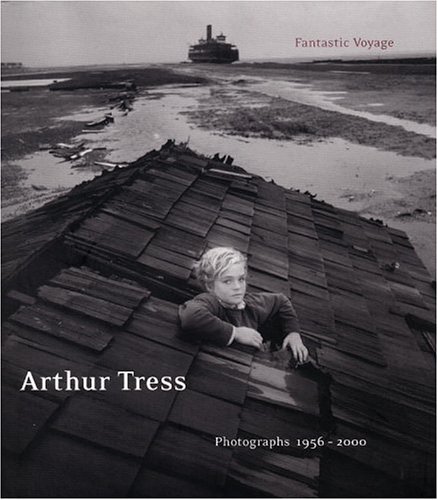
Arthur Tress: Fantastic Voyage, Photographs 1956-2000 | 2001
November 10, 2022Arthur Tress: Fantastic Voyage, Photographs 1956-2000
200 pages, Hardcover, Bulfinch, 2001.
Arthur Tress (Photographer), with writing by John Wood and Richard Lorenz
There was a recent exhibition of Tress’ photographs mounted at Stephen Bulger Gallery in Toronto, and that brought his work back to mind. Having enjoyed several of his books, I returned to this one – which is, for me the definitive publication of Tress’ art and aesthetic – and it’s definitely worthy of a Library Pick.
Tress’ works are striking, if unsettling. An initial amusement or facile reading gives way to a more conflicting or uncanny narrative upon closer consideration. He shares this with photographers like Ralph Eugene Meatyard, Mary Ellen Mark, Diane Arbus and – an artist featured in a previous Library Pick – Roger Ballen.
“Tress started out as an ethnographic documentarian but, partly inspired by the rituals he recorded, turned to ever more premeditated subjects. In an early project, he asked New York children to tell him their dreams and then posed them, with appropriate trappings, in neighborhood spaces to illustrate their sleeping fancies. His projects since the mid-1980s involve arrangements of tools, toys, furniture, dolls, and other stuff that Tress paints and lights to suggest scenarios and even narratives. Besides the short-term projects, Tress has made surrealist outdoor still lifes and male nudes over longer periods. The latter, including some of his best-known pictures, are implicitly homoerotic but considerably more apprehensive and even dread-filled than the nudes of fellow gay surrealist Duane Michals. But there is more humor and less darkness in Tress’ highly polished work…” (from Tress’ site, which is worth spending some time exploring, as well)
“Arthur Tress’s career can be seen as a long fantastic voyage – from early photojournalism into the realm of surrealism, eroticism and miniature worlds. This retrospective is an overview of Tress’s career. As the title implies, Tress’s work is full of fantasy – nothing is what it at first seems. His images contain dark undercurrents and light wit, violence and beauty, futuristic scenes and homoerotic and psychologically charged tableaux. The 250 images featured in this volume range from the early black-and-white work to the richly coloured surrealistic images of the 1990s and his latest, previously unpublished work in progress. Richard Lorenz, (curator of a retrospective exhibition in Washington, DC, in May 2001) offers an in-depth biographical essay on Tress and the development of his vision. An essay by noted photo critic John August Wood puts Tress in context.” (from here)
The images I’ve shared here are from the bodies of work by Tress that are my favourites – primarily Dream Collector (1970 – 74), Theater of the Mind (1976 – 77) and Still Life (1981 – 83): but there’s other series in this book that are very different, and a testimony to the breadth of his aesthetic and career. These include the starkness of his documentary work in Appalachia (1969) to the uncanny quality of his Fishtank ‘installations’ (1989) to the moribund garishness of Hospital (1985 – 87).
From the Corcoran’s review of this publication: “Tress’s work, above all else, reveals a personal approach to photography, a subjective view of the world that continually reinvents itself while it ponders universal archetypes and myths.”
Arthur Tress was a previously featured artist in AIH Studios’ ongoing Artists You Need To Know series: that can be enjoyed here.
~ Bart Gazzola
Read More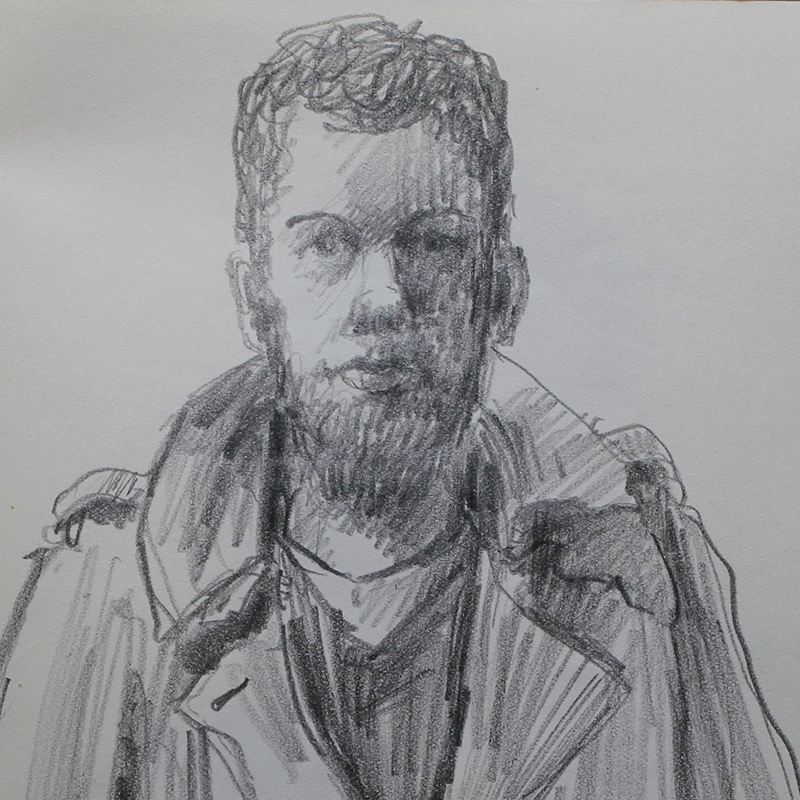
The Sketchbooks of Tom Forrestall
October 13, 2022curated.’s Virgil Hammock offers some thoughts on the voluminous and impressive notebooks of Canadian artist Tom Forrestall in tandem with an exhibition titled The Sketchbooks of Tom Forrestall at The Saint Johns Art Centre.
Read More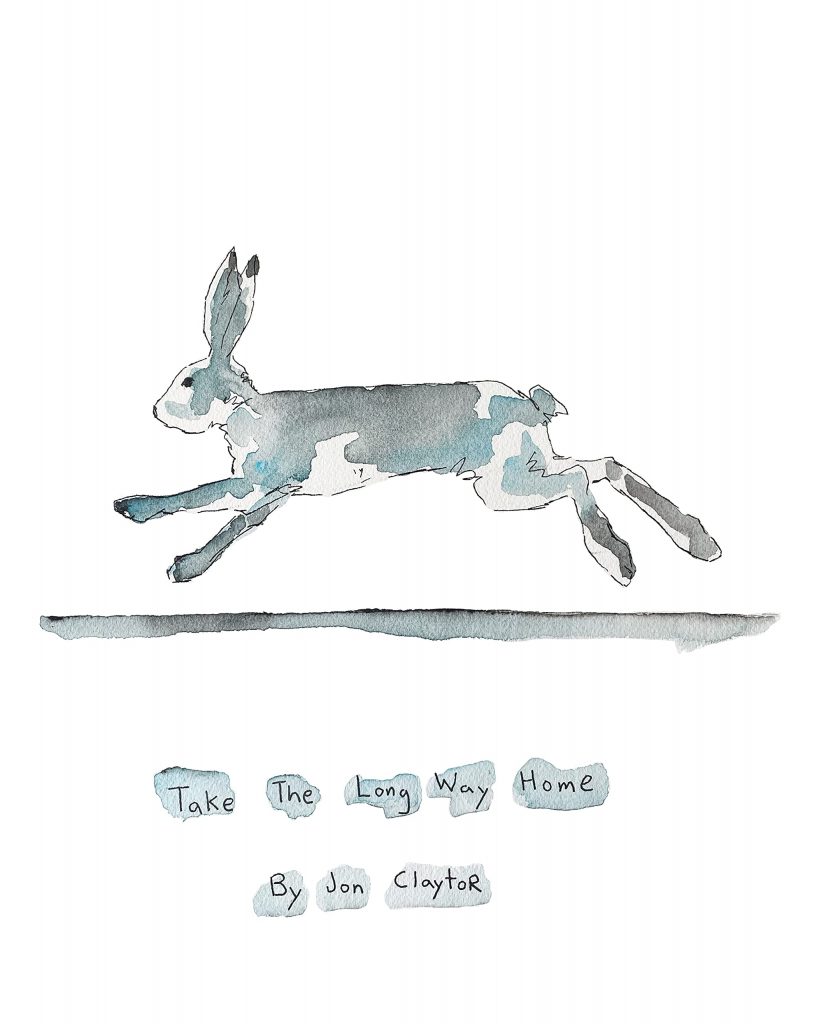
Take The Long Way Home | Jon Claytor
July 25, 2022High culture has pretty much disappeared along with the dress code.
Read More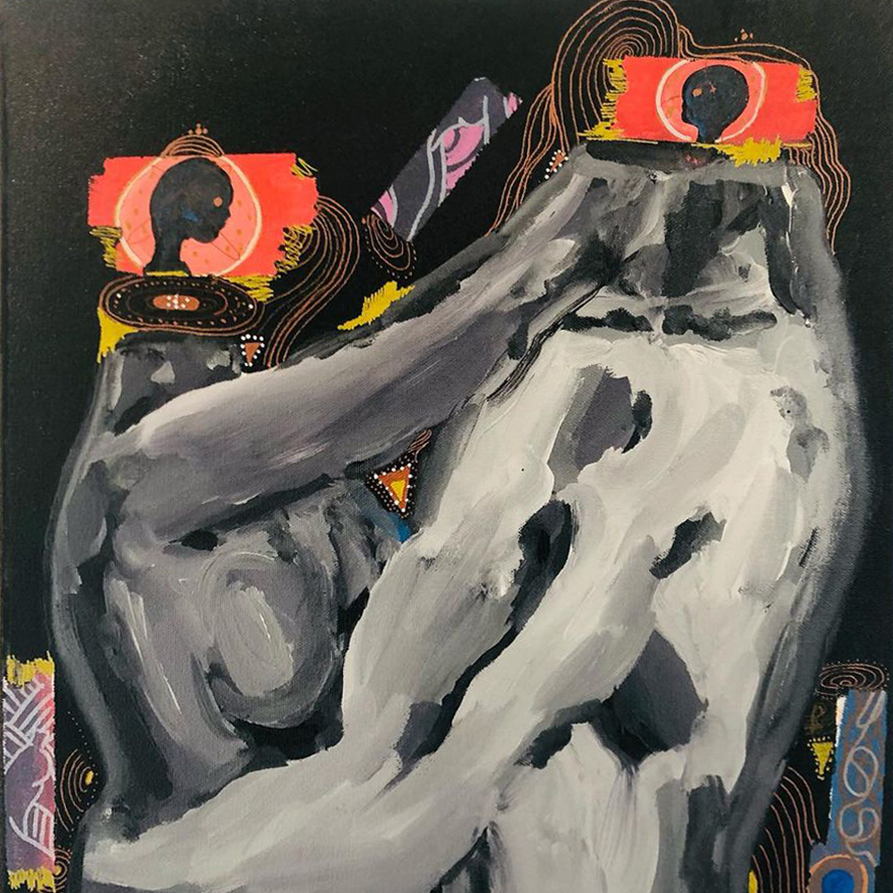
The Chain Links
June 20, 2022Faki Kuano | Sarah Cheon | Ashley Guenette The Chain Links × × curated. by The COVERT Collective is pleased to... Read More
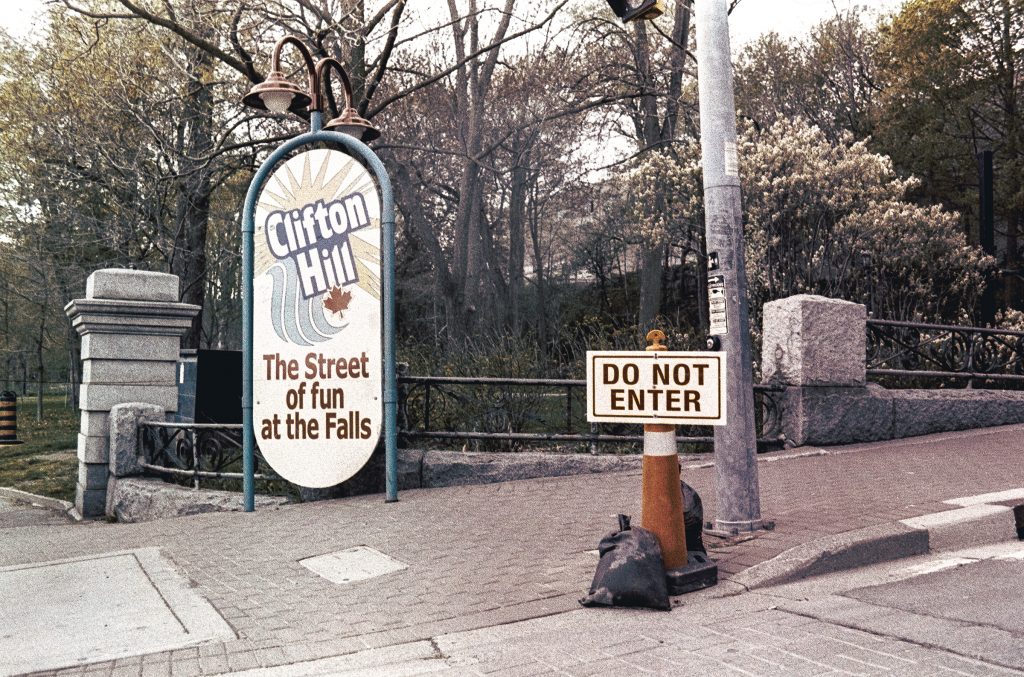
Necropolis | Jon Lepp
May 18, 2022Necropolis | Jon Lepp Necropolis | Jon Lepp, The Open for Business Series @deadendstories Photographs, [Virginia] Woolf claims, "are not an... Read More
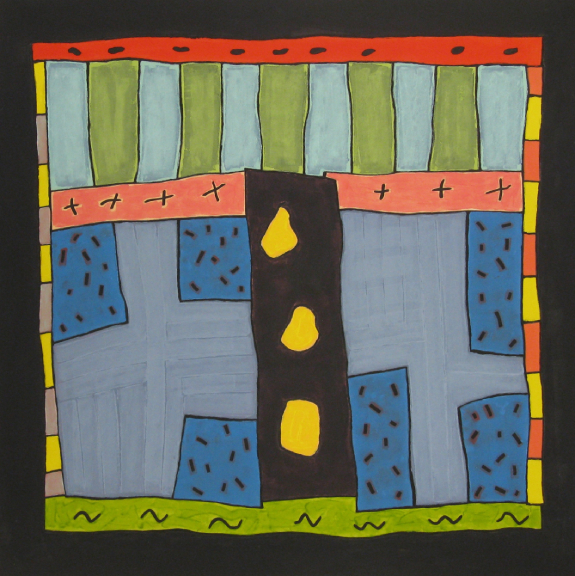
Tony Calzetta – Art Is Hell
April 22, 2022Tony Calzetta Art Is Hell Bart Gazzola sat down to talk with Tony Calzetta, whose decades long practice has been both... Read More

Stéphane Alexis’ Chains & Crowns
January 23, 2022Stéphane Alexis’ Chains & Crowns Rita Godlevskis Stéphane Alexis from the Chains & Crowns series, 2020 It is clear, even at... Read More
Recent Comments